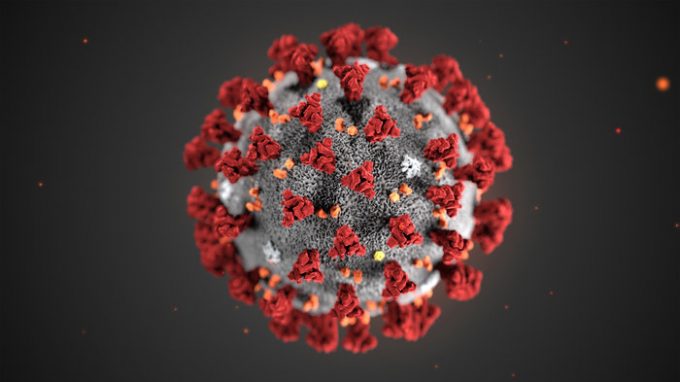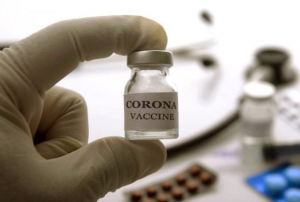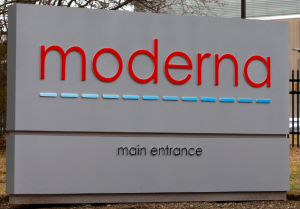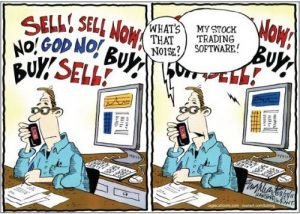Covid-19 pandemic update

The current status of a vaccine is explored along with the euphoric effects on market sentiment that the Covid-19 pandemic creates in its wake.
27 Covid-19 pandemic vaccines in clinical trials
There are about 120 groups working on a Covid-19 pandemic vaccine and 23 have vaccines in different stages of clinical testing. Early results make scientist expect that there will be one or more safe and reasonably effective vaccines.

«Effective» is a medical term and it does not mean what most people think it does. Every year, there is an effective flu vaccine. But in a good year, it prevents infection in only 70% of those vaccinated compared to those not vaccinated.
Think about it this way. Look at 1,000 people who get vaccinated and compare them to another 1,000 similar individuals who did not get vaccinated. Let’s say that 100 of the unvaccinated people get the flu this season and only 30 of the vaccinated people get the flu. That means that 70% of the vaccinated people who should have gotten sick avoided infection. The vaccine is therefore 70% effective.
A desperate world will settle for any safe and moderately effective vaccine
For Covid-19, everyone is desperate for a vaccine. Therefore, scientists will be satisfied with a vaccine that is less effective than what they normally would want. They hope that more effective vaccines will become available over the coming years. «Effective» might mean that only 50 – 60% of vaccinated people are protected from infection.
It is important to note that the protection is less in older or debilitated people whose ability to produce antibodies and T-cells is poor. A 70 year old man with medical problems might only have a 30% chance of avoiding infection compared to a similar person who was not vaccinated.
Unfortunately, this group is most in need of protection, but they are the least able to produce enough antibodies and T-cells. Scientists know this and that is one of the reasons why they are working on a treatment in addition to a vaccine.
Moderna’s phase 1 vaccine results
Moderna reported the results of its phase 1 test of its vaccine, named mRNA-1273, this week in the New England Journal of Medicine. They had 45 patients in the study, between 18 and 55 years old. Forty-two were available for a 2nd injection of the vaccine 28 days later. The first dose is the priming vaccine and the 2nd is the booster shot. Researchers use a booster shot when they think that one dose might be inadequate to generate the response that they think is needed

No patient had neutralizing antibodies in their blood prior to getting vaccinated. All had them after vaccination, and the average patient had blood levels that were about twice those of patients who recovered from a Covid-19 infection (SARS-CoV-2).
There are many types of antibodies. Neutralizing antibodies are the type that bind to the virus in the blood stream and prevent it from entering cells. This prevents the virus from entering and destroying cells.
Therefore, if a patient has enough of them, the patient will not have symptoms. He will not get sick. The body will then destroy those neutralized antibodies over the next couple weeks and the patient will no longer be infected and he will not be contagious.
It is very important to note that no patient developed a permanent, serious side-effect from the vaccine. Many patients had symptoms, most commonly fatigue, chills, headache, or muscle pain. Some were severe, but all were temporary.
Moderna’s phase 2 is underway and phase 3 begins on July 27
Moderna began its phase 2 trial on May 29. Phase 2 is for people for whom the vaccine is ultimately intended. It involves 600 healthy participants divided into two groups. One is between 18 and 55 years old and the other 55 and above.
Phase 3 will begin on July 27 and there will be 30,000 participants at 87 locations across the United States. It includes patients who are at high risk of getting infected.
Remember, phase 1 only had 45 patients. It therefore would likely not see a serious complication that happens in only one in a thousand patients. Phase 3 should find most or all of the serious problems.
In phase 3, some patients will receive two doses of 100 micro grams of the vaccine. Other patients will receive a placebo for both doses. Researchers will follow the participants for 2 years to see how many patients in each group ultimately got Covid-19. This will tell them how much benefit there is to getting vaccinated compared to not getting vaccinated (the placebo group). It should also uncover most or all significant side effects.
Buy the rumor, sell the news
Who does not believe that there will be a Covid-19 pandemic vaccine in 2021? Therefore, this is already priced into the market.

Those expecting a breakout far above the old high because of a vaccine do not understand how markets work. The market is excellent at anticipating (discounting or pricing in) news. This means that before the news confirms the everyone’s belief, the market goes to where traders think it should be if the news turns out to be as expected.
There is often a brief, strong rally on the actual news, but if the news was totally priced in, the rally typically fails. You often hear the expression «buy the rumor and sell the news.» This is an example. Traders buy before the news comes out because they know that the news is good for the economy.
Everybody will be happy, relieved, and excited once the news comes out. This often results in one last sharp euphoric rally on the news. But since the market already priced the news in before it was announced, that final rally goes beyond what is the appropriate price.
Many traders take profits on that euphoric burst. They expected a buy climax. They also believed the market would reverse down to what they thought was a fair price before the anticipated news was released.

